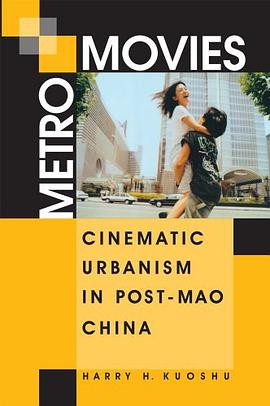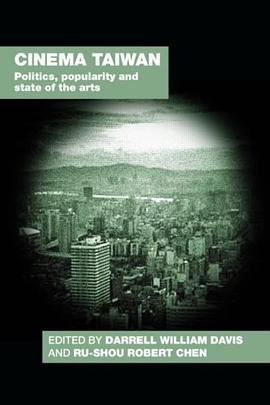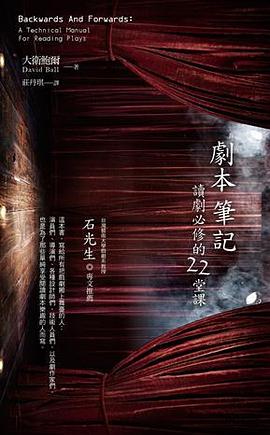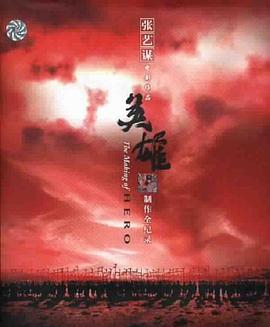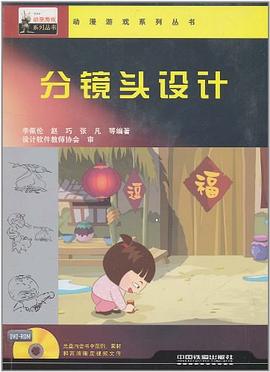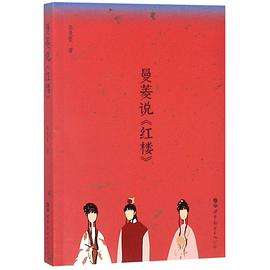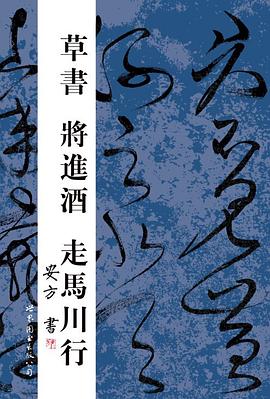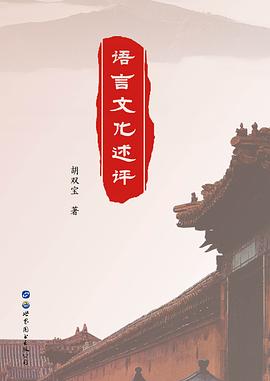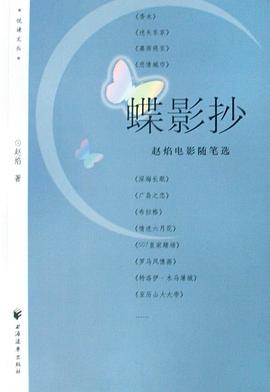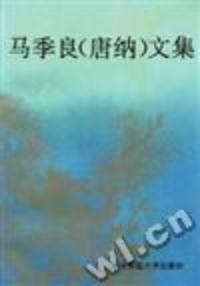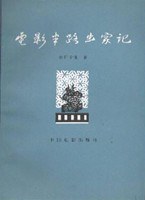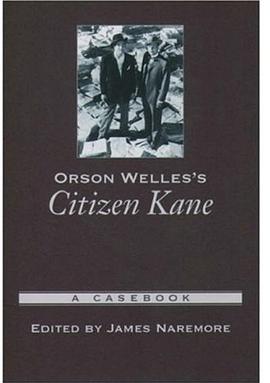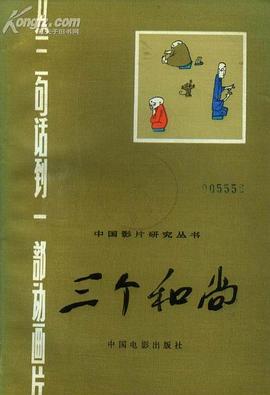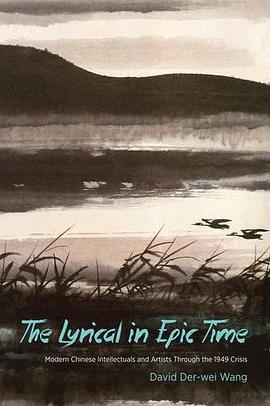
The Lyrical in Epic Time pdf epub mobi txt 电子书 下载 2025
- 王德威
- 海外中国研究
- 文学研究
- 文学
- 文化研究
- 现代文学
- 历史
- 中国
- 诗歌
- 史诗
- 文学理论
- 时间
- 抒情性
- 叙事
- 现代主义
- 文化研究
- 比较文学
- 形式主义

具体描述
This book positions the lyrical as key to rethinking the dynamics of Chinese modernity and emphasizes Chinese lyricism's deep roots in its own native traditions, along with Western influences. Although the lyrical may seem like an unusual form for representing China's social and political crises in the mid-twentieth century, David Der-wei Wang contends that national cataclysm and mass movements intensified Chinese lyricism in extraordinary ways. He calls attention to not only the vigor and variety of Chinese lyricism at an unlikely historical juncture but also the precarious consequences it brought about: betrayal, self-abjuration, suicide, and silence. Above all, his study ponders the relevance of such a lyrical calling of the past century to our time.
Despite their divergent backgrounds and commitments, the writers, artists, and intellectuals discussed in this book all took lyricism as a way to explore selfhood in relation to solidarity, the role of the artist in history, and the potential for poetry to illuminate crisis. They experimented with a variety of media, including poetry, fiction, intellectual treatise, political manifesto, film, theater, painting, calligraphy, and music. Wang's expansive research also traces the invocation of the lyrical in the work of contemporary Western critics. From their contested theoretical and ideological stances, Martin Heidegger, Theodor Adorno, Cleanth Brooks, Paul de Man, and many others used lyricism to critique their perilous, epic time. The Chinese case only further intensifies the permeable nature of lyrical discourse, forcing us to reengage with the dominant role of revolution and enlightenment in shaping Chinese -- and global -- modernity.
作者简介
David Der-wei Wang is Edward C. Henderson Professor of Chinese and Comparative Literature at Harvard University. His works include The Monster That Is History: History, Violence, and Fictional Writing in Twentieth-Century China; Fin-de-siècle Splendor: Repressed Modernity in Late Qing Fiction, 1849-1911; and Fictional Realism in Twentieth-Century China.
目录信息
读后感
自古『抒情』好比鎮邪的『催淚彈』、調情的『趕馬鞭』。 王德威的存在,是為史上因『抒情』而引發的『冤案』做了個體制內的『平反』,恰正彌合了古典美學與今天傳統敘事間的牆裂破摺。 沈從文的『抒情』恰似今天韓劇的悲曲,何其芳的『抒情』還原了迷幻電音的『少年派』⋯...
评分自古『抒情』好比鎮邪的『催淚彈』、調情的『趕馬鞭』。 王德威的存在,是為史上因『抒情』而引發的『冤案』做了個體制內的『平反』,恰正彌合了古典美學與今天傳統敘事間的牆裂破摺。 沈從文的『抒情』恰似今天韓劇的悲曲,何其芳的『抒情』還原了迷幻電音的『少年派』⋯...
评分 评分原刊于《文艺争鸣》2018年第10期。 一、情动中国 在20世纪的中国,“启蒙”与“革命”的呼声此起彼落,亟欲疗救中国社会的沉疴巨痛。事实上,经过几代人前赴后继的实践,“启蒙”与“革命”也确实带来了中国社会的巨变,1949年之后,几乎重造了中国社会结构与人文景观,成为中...
评分用户评价
for research,第六章。切入点非常有启发性,虽然visual analysis并不十分有说服力,但method和整个chapter的构成、写作方法都值得学习。
评分对情是fact还是feeling可以一看
评分为写《霸王别姬》读关于费穆的第七章。与梅兰芳合作《生死恨》,面临京剧的抽象性与电影的拟真性之间的差异,国粹在乱世愈加凸显成为国族性的象征。一般来说京剧演员被认可的是已设定好的角色,而非现实分身(not figures of reality),然而梅氏之男性化社会形象也广为人知,跳脱impersonation窠臼,且使京剧艺术中男扮女角变装演旦的性别/道德模糊性得以升华,戏剧成为对生活的艺术性参与,而非机械复制或摒弃否定。关于银幕上的京剧影像:镜头会使三维表演扁平化成“皮影戏”,动作(motion)与情(emotion)之间的张力无法凸显,因此需要特殊摄影技巧与道具,然而这种影像修正又会造成对传统表演的侵入。另:cinema of poetry; Deleuze: crystal image
评分主要讨论lyricism作为一种文体、一种美学视角、一种生活方式乃至政治平台,是如何承载、折射、反思历史的。以此检讨中国现代性与现实主义文学之间的单一联系;同时强调中国现代抒情叙事(除受欧洲浪漫主影响外)对中国抒情传统的借鉴和再阐释。章节间联系略松散,但文本分析的方法值得借鉴
评分我心悅誠服王處理材料的扎實誠懇,還有他建立知識譜系的淵博。他提「抒情」的時候我多少有點不以為然,覺得太顯而易見甚至上不了檯面。直到現在回頭看20世紀文學史發現「革命·啟蒙·抒情」已經三足鼎立,成了我做學術研究的基石,王功不可沒。
相关图书
本站所有内容均为互联网搜索引擎提供的公开搜索信息,本站不存储任何数据与内容,任何内容与数据均与本站无关,如有需要请联系相关搜索引擎包括但不限于百度,google,bing,sogou 等
© 2025 book.wenda123.org All Rights Reserved. 图书目录大全 版权所有


